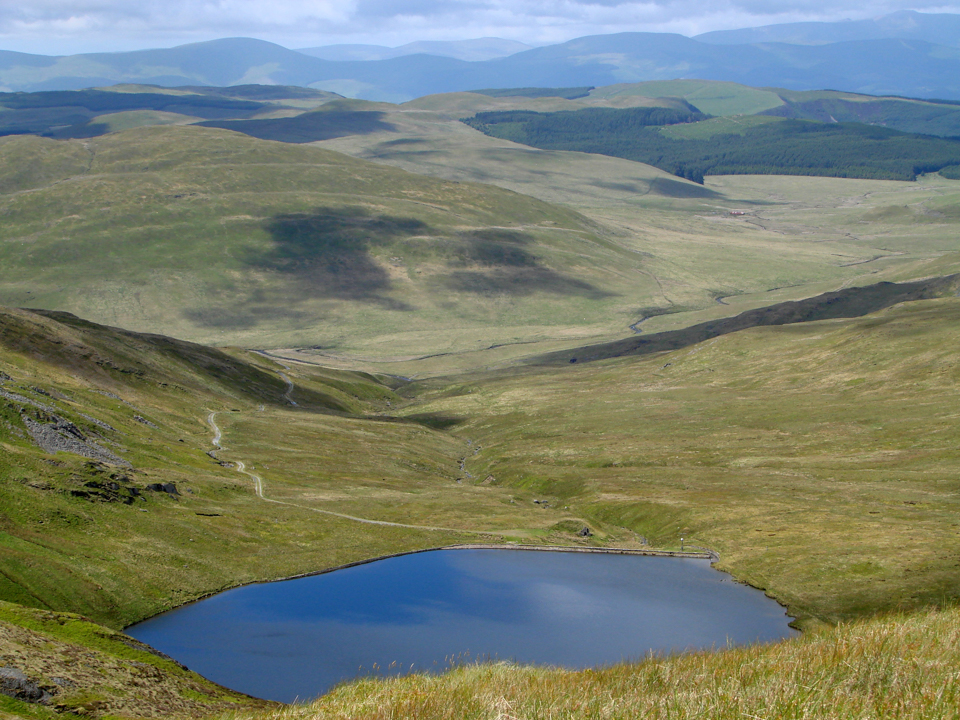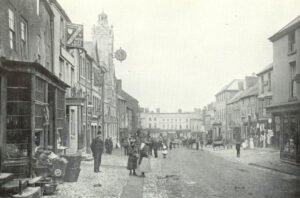My ancestors have some connections to Central and South Wales. This blog aims to take a brief look at those places to set their stories in context.
Central Wales is dominated by the Cambrian Mountains and as such is sparsely populated, with an economy dependent on farming and small businesses. It is generally considered to include the historic counties of Ceredigion and Powys. South Wales in contrast has a population of around 2.2 million, almost three-quarters of the whole of Wales, including the cities of Cardiff, Swansea, and Newport. It includes the historic counties of Glamorgan, Monmouthshire, Carmarthenshire, and Pembrokeshire.
The rural valleys and upland mountain ridges were changed to a considerable extent by the Industrial Revolution. The Glamorgan and Monmouthshire valleys were mined for coal and iron and transported by barge and later rail to ports in Cardiff and Newport. Heavy industries set-up alongside the raw materials. The rapid growth attracted considerable migration from across the country, with workers creating English-speaking communities with a unique identity. The Great Depression in the 1930s saw the loss of almost half of the coal pits in the South Wales and their number declined even further post-1945. The coal and heavy industries have since largely been replaced by service sector industries.
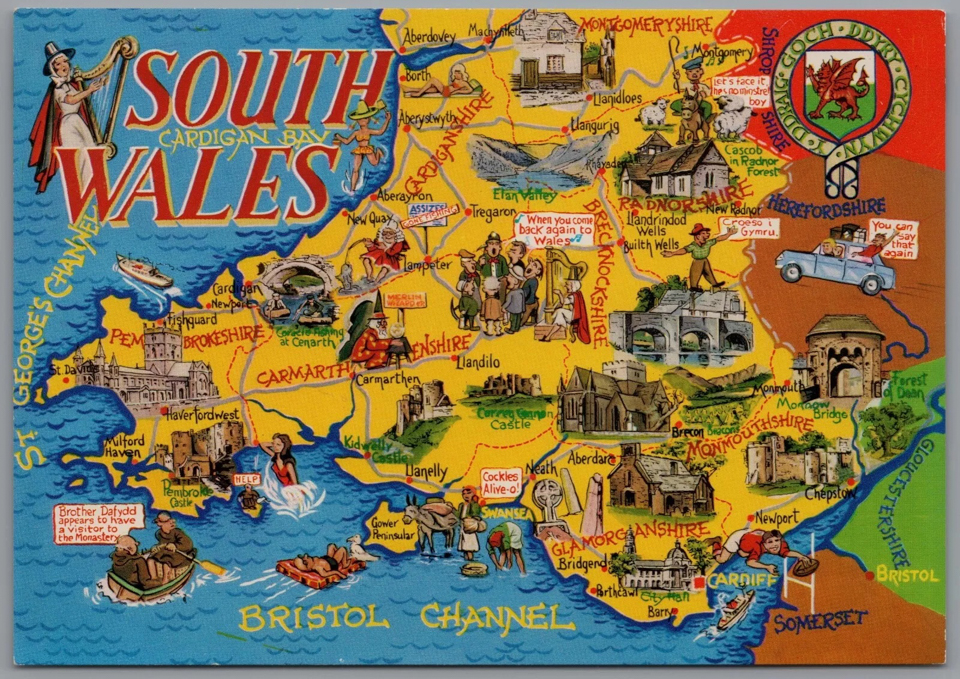
Merthyr Tydfil
Often called just Merthyr, the town sits about 23 miles north of Cardiff. Reserves of iron ore, coal, limestone, timber, and water made it an ideal site for ironworks and during the Industrial Revolution it grew rapidly until by 1851 it was the biggest town in Wales. Known as the ‘Iron Capital of the World’ in the early 19th century, but iron production began to decline from 1860 as Merthyr’s inland location became increasingly disadvantageous. The population continued to rise however due to the emergence of coal mining and peaked with around 81,000 people in 1911. The steel and coal industries began to decline after the First World War and by 1932 more than 80% of men were unemployed. The fortunes of Merthyr revived temporarily during next war, and growth continued afterwards as several large companies set up in the area.
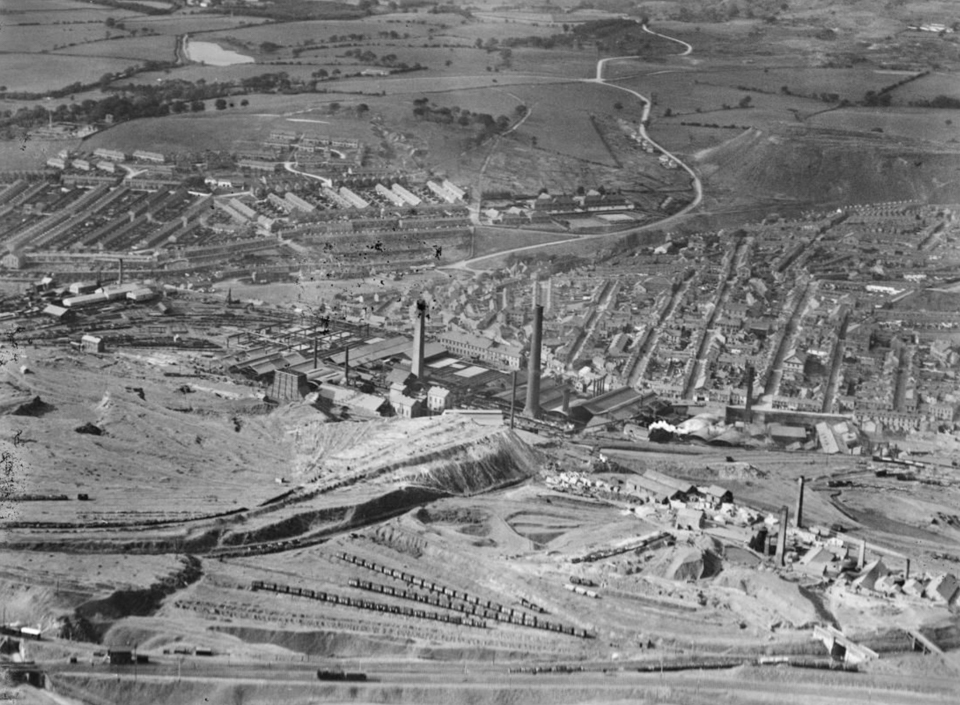
Newport
Newport is the third largest city in Wales, located 12 miles northeast of Cardiff near the Severn Estuary. It has been a port since a castle was built by the Normans but grew significantly during the 19th century when it became the focus of coal exports. It quickly became Wales’s leading coal port, leading to such a large influx of migrants from England and Ireland that it was viewed as ‘un-Welsh’. During the 20th century, when the docks declined in importance, Newport remained an important manufacturing and engineering centre.
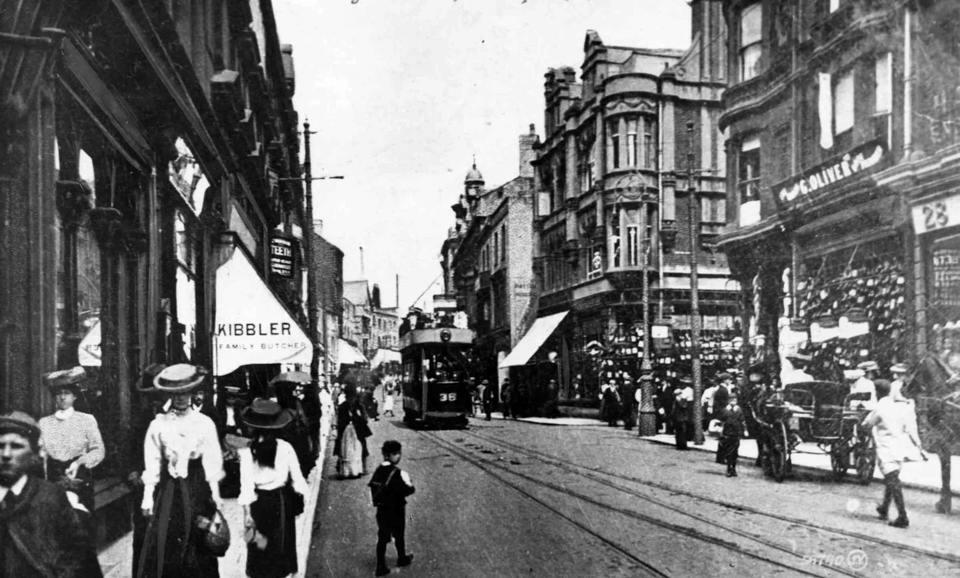
Powys
Powys runs down the spine of Wales and despite being the largest principal area in Wales also has the lowest population density, the home of many sheep and few people. Most of Powys is mountainous and most roads and railways are relatively slow. One of the largest towns is Welshpool, a market town only 4 miles from the English border on the River Severn. Nearby hamlets and villages included Forden, Llanerfyl, and Llanllugan.

